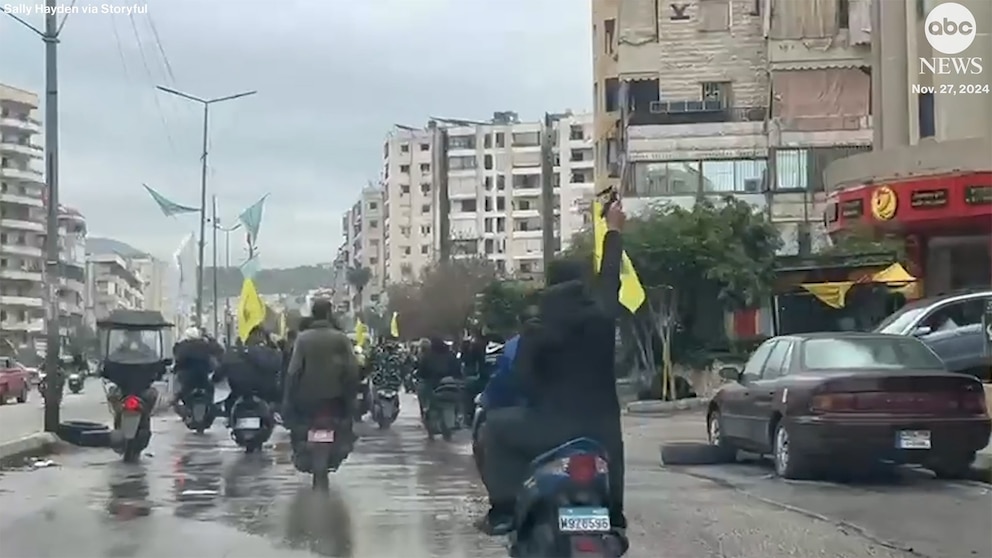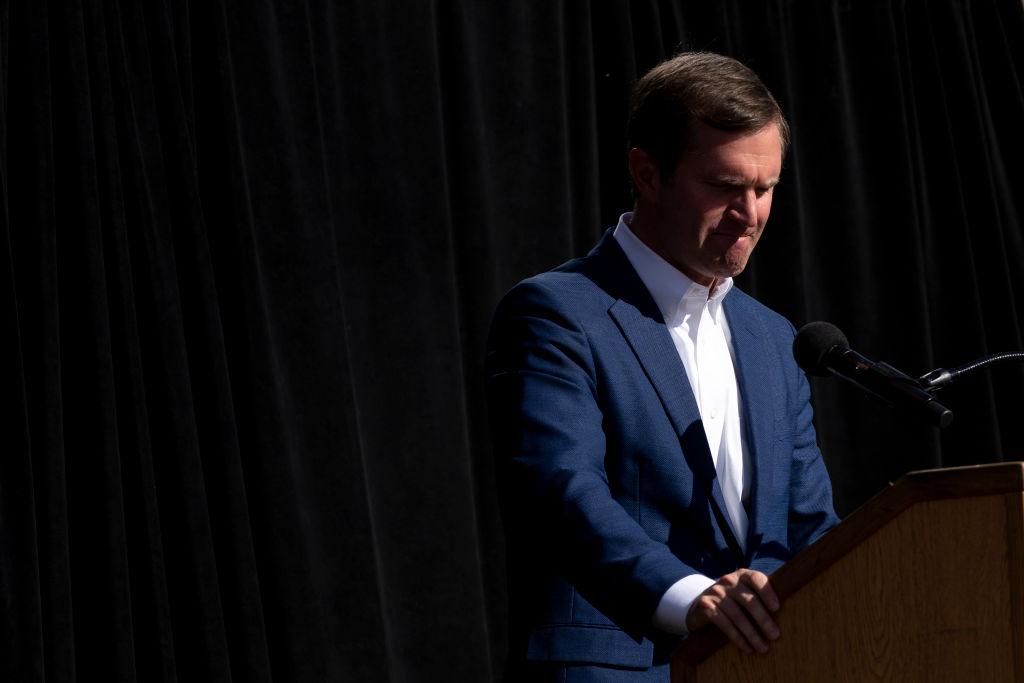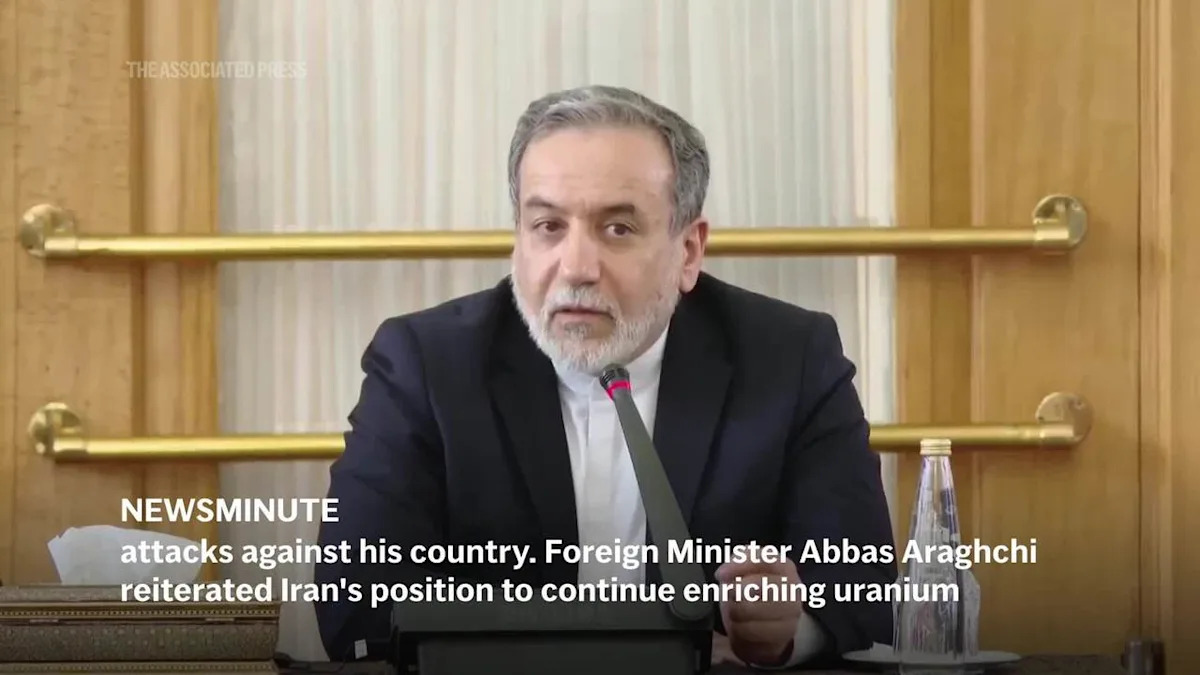In the aftermath of a fragile ceasefire between Israel and Hezbollah, Beirut’s night sky lit up with celebratory gunfire—a striking and symbolic display that raised both hope and concern among Lebanese citizens. While the gunfire may have been intended as a sign of jubilation, it underscores the complex and precarious nature of the peace that was achieved. The streets of the Lebanese capital, once again echoing with the sounds of weaponry, reflected the delicate balance between optimism for peace and the uncertainty of what lies ahead. This event invites a deeper examination of the implications of such symbolic acts, their cultural significance, and the broader geopolitical context that shapes Lebanon’s fragile state of peace.
The Context of the Ceasefire
The ceasefire between Israel and Hezbollah, brokered after days of intense fighting, represents a temporary pause in a conflict that has been simmering for decades. While the agreement is viewed by some as a victory for diplomacy, it is equally seen by others as a mere breathing space in a region perpetually on the edge of escalation. The ceasefire calls for the cessation of hostilities, but it also leaves many questions unanswered regarding the long-term stability of the region. For the people of Lebanon, particularly those in Beirut, the ceasefire is both a relief and a reminder of the fragility of peace in the Middle East.
The Symbolism of Gunfire
The celebratory gunfire that erupted across Beirut immediately following the ceasefire’s announcement is emblematic of the complex relationship between Lebanese citizens and their country’s troubled history. On one hand, gunfire is a traditional way of celebrating significant events, akin to fireworks in other cultures. On the other hand, in Lebanon’s case, gunfire also evokes memories of past conflicts, particularly the Lebanese Civil War, during which the sound of gunfire was often a sign of chaos and violence rather than celebration.
- Symbol of Hope: For many, the gunfire served as a symbol of optimism. It marked the end of days of intense airstrikes and ground clashes that had brought the country to the brink of further destruction. The cessation of violence, even temporarily, was seen as a rare victory in the region’s volatile geopolitical landscape.
- Symbol of Tension: Others, however, viewed the gunfire as a reminder of the fragility of the peace. The act of firing weapons, which can be seen as a form of rebellion or resistance, speaks to Lebanon’s ongoing political instability and the presence of armed factions like Hezbollah that continue to operate within the country’s borders.
Understanding Lebanon’s Fragile Peace
Lebanon has long been a nation caught in the crossfire of regional and international powers. The presence of Hezbollah, a powerful militant group with close ties to Iran, complicates the country’s political landscape. While the Lebanese government officially maintains a policy of neutrality in regional conflicts, Hezbollah’s role as both a political party and a military force often pulls the country into conflicts with Israel. The recent flare-up with Israel is just one example of the ongoing tension between these two actors, a tension that has at times led to all-out war, most notably in the 2006 Lebanon War.
The fragile nature of the ceasefire is evident when considering Hezbollah’s own internal dynamics. While the group’s leadership may agree to a ceasefire, there is always the possibility that factions within the group might act independently, resuming hostilities without warning. Moreover, Hezbollah’s influence over Lebanese politics means that any peace agreement with Israel is not merely a military issue but a deeply political one, with significant implications for the internal balance of power in Lebanon.
The Geopolitical Stakes
The situation in Lebanon is intrinsically tied to the broader geopolitical dynamics of the Middle East. The ceasefire, while a relief in the short term, is not expected to alter the underlying tensions in the region. Lebanon’s proximity to Syria, with its own ongoing civil conflict, and its role as a proxy battleground for Iranian and Israeli interests, means that peace in Lebanon is often only as stable as the surrounding regional actors allow it to be.
- Iran’s Role: As a key backer of Hezbollah, Iran’s influence in Lebanon is a significant factor. Iran’s broader goals in the Middle East include countering Israeli influence and asserting its power in the region. Any shift in this power balance could have ripple effects across Lebanon.
- Israel’s Security Concerns: Israel views Hezbollah as one of its most significant threats, particularly due to its missile capabilities and its stance on Israel’s right to exist. A ceasefire with Hezbollah does not remove these threats, and Israel’s security concerns remain paramount in shaping its approach to Lebanon.
The Impact on Beirut’s Citizens
For the people of Beirut, the celebratory gunfire is both a sign of hope and a stark reminder of the volatility that characterizes their lives. Many Lebanese citizens have grown accustomed to the rhythm of conflict, but they continue to long for stability and peace. The gunfire that echoed through the streets was not just a symbol of a temporary victory, but a reflection of the deep emotional toll the ongoing conflict has taken on the Lebanese people.
In a city where the scars of war are still visible—be it through the remnants of bombed-out buildings or the pervasive psychological effects of living in a conflict zone—the gunfire is a reminder of how much is at stake. For younger generations who have grown up in the shadow of war, the sounds of celebratory gunfire may evoke both pride and fear, as they understand the fine line between peace and war.
Public Sentiment: A Desire for Long-Term Peace
While some in Beirut may have celebrated the ceasefire, many others remain cautious, knowing that it is not a permanent solution. There is a widespread sentiment among the Lebanese public that what they truly need is a sustainable peace that addresses the root causes of the conflict—not just a temporary cessation of hostilities. This sentiment has been echoed by local leaders, who have called for long-term strategies that include not only military de-escalation but also political reforms, social integration, and economic recovery.
- Economic Strain: Lebanon’s economy has been in freefall for several years, exacerbated by political instability and the impact of regional conflicts. The uncertainty surrounding the future of the ceasefire only adds to the economic challenges facing the nation.
- Social Cohesion: Despite the divisions that exist in Lebanese society—between different sects, political groups, and factions—many citizens continue to express a shared desire for peace and reconstruction. This common ground could serve as the basis for a more inclusive and lasting peace process.
Looking Ahead: The Prospects for Lasting Peace
As the dust settles from the recent round of violence, the future of Lebanon remains uncertain. The ceasefire between Israel and Hezbollah offers a brief respite from the violence, but it does little to address the underlying tensions that fuel the conflict. If Lebanon is to achieve lasting peace, it will require not just a cessation of hostilities, but a comprehensive approach that includes diplomatic efforts, political reform, and international support for reconstruction and stability.
Moreover, Lebanon’s future cannot be considered in isolation from the broader regional dynamics. The complex relationship between Hezbollah, Israel, Iran, and other actors will continue to shape Lebanon’s path forward. Ultimately, the people of Beirut and the rest of Lebanon will have to navigate this delicate balance between hope and uncertainty as they seek to rebuild their country and secure a lasting peace.
Conclusion
Beirut’s night sky, illuminated by gunfire in celebration of the ceasefire, serves as a poignant symbol of Lebanon’s ongoing struggle for peace. It reflects the mixture of hope and skepticism that many feel in the wake of yet another fragile truce. While the ceasefire offers a brief respite, the road to lasting peace in Lebanon remains fraught with challenges. Only time will tell whether this temporary pause will lead to a more permanent solution, or whether it will prove to be yet another fleeting moment in Lebanon’s long history of conflict.
For more information on Lebanon’s political and economic challenges, visit Al Jazeera.
For updates on Middle East diplomacy, check out BBC News – Middle East.
See more NY Times Report



